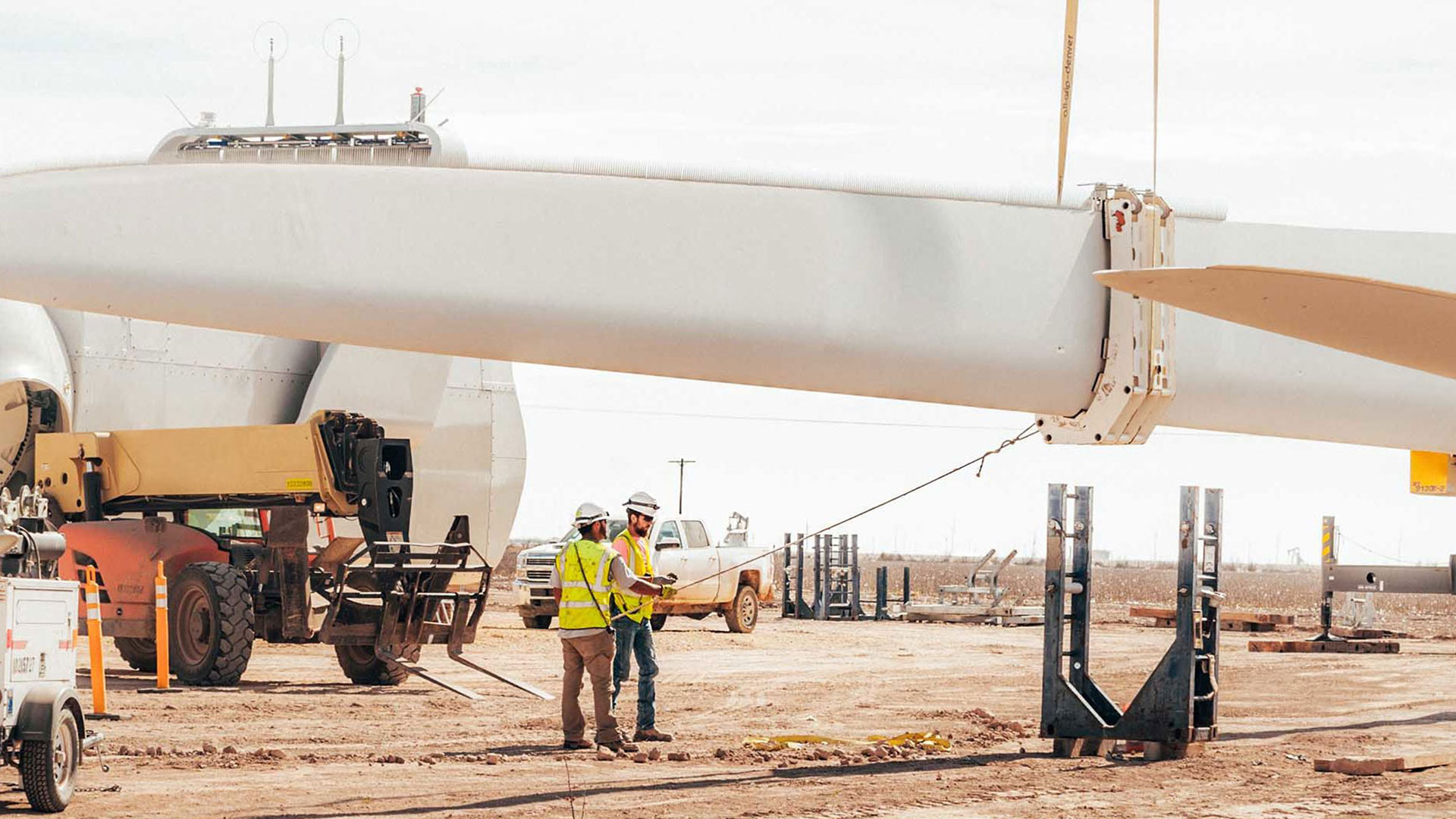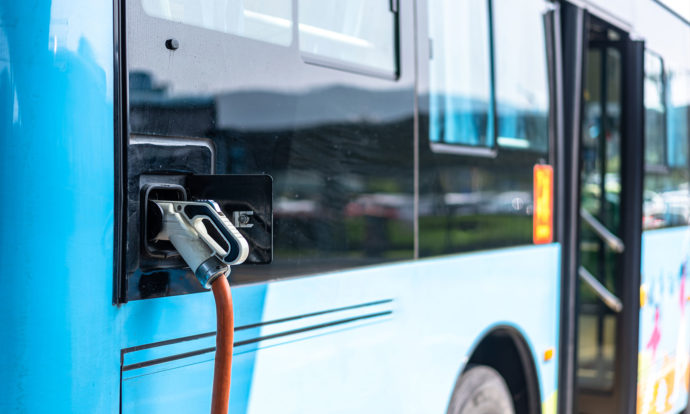The drive to respond to our ever-growing energy needs and transform to a low carbon future has accelerated the move to more renewable sources like wind, solar and hydro in the power generation mix.
In fact, according to the global energy think tank REN21 and its Renewables 2019 Global Status Report, global renewable power capacity grew to around 2,378 GW in 2018. For the fourth year in a row, renewable power capacity outpaced net installations of fossil fuel and nuclear power combined. Around 100 GW of solar photovoltaics was installed – accounting for 55 per cent of renewable capacity additions. Wind power was second at 28 per cent and hydropower was third at 11 per cent. Overall, renewable energy has grown to more than 33 per cent of the world’s total installed generating capacity.
Energy planners, engineers and builders have been busy looking for new, faster and more efficient ways to construct clean energy sources and wind power is no exception.
The Romney Wind Energy Centre in Chatham, Ontario is one. The wind farm has an operational capacity of 60 MW, with several large wind turbines with hub heights of 132 metres and masses of 60,780 kg each. The construction of these mammoth wind mills posed a real challenge for respecting construction time and meeting strict disturbance restrictions for the surrounding environment.
The usual methods of using crawler cranes to build would take longer, harm the landscape and pose safety risks on this project. A crawler crane features a boom mounted on an undercarriage fitted with crawler tracks for mobility and some stability, but is risky in high wind corridors and can tear up the land on site.
The builders needed another way to get those large components in place, without the equipment turning over. Romney became the first wind farm in North America to use tower cranes to build it. The tower crane is a fixed one that is mounted. They have vertical metallic structures with horizontal booms that can turn 360 degrees.
The tower cranes used had a minimal footprint, better withstood the wind, and had faster erection and teardown times. To be specific, tower cranes can go up and come down in about 36 hours. Crawler cranes can take up to six to seven days for build/tear down and transport to location. Using the tower crane saw Romney build 16 of 17 turbines in a quick 11 weeks.
By creative innovations like using tower cranes, utilities can accelerate their transformation to a clean energy future while saving money. And as wind turbines get taller and more numerous, using this kind of innovation will be essential to meeting our climate change mitigation plans.




